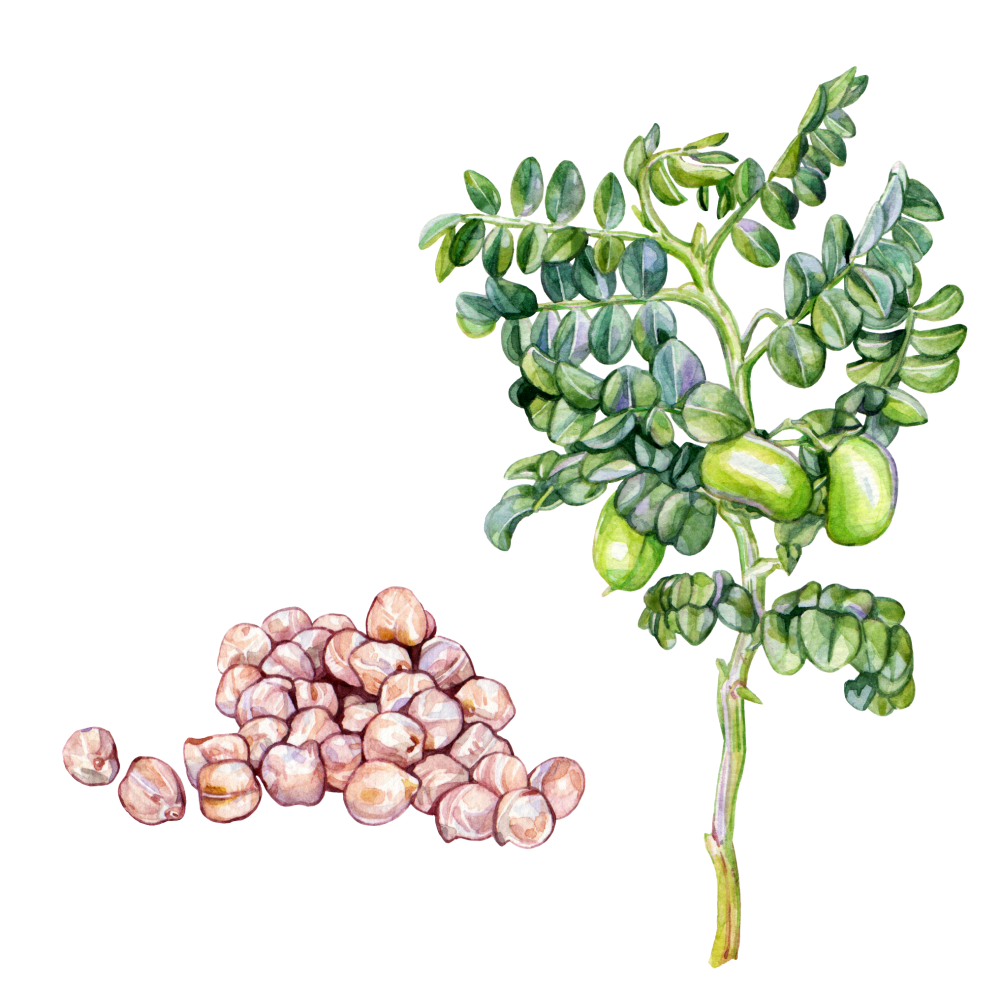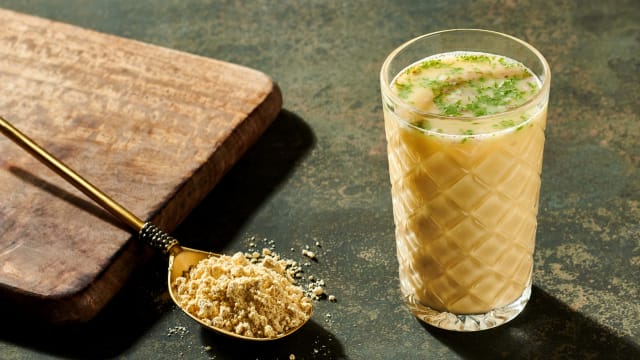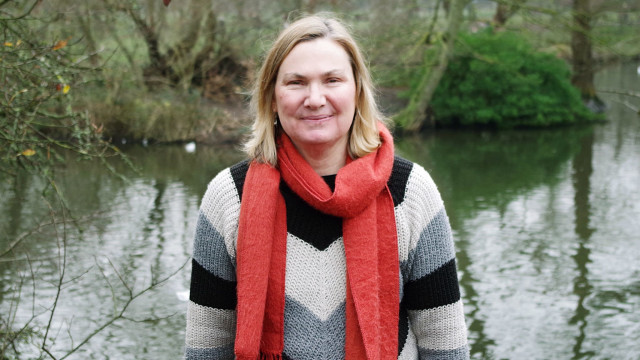Chickpea

Latin name: Cicer arietinum
Other names: Bengal gram, garbanzo bean, Egyptian pea, chana (Hindi), hummus (Arabic)
Uses: Legume, dried, fresh, canned
What are chickpeas?
Chickpeas grow in pods like their legume cousins green peas and beans. They’re a major source of protein — especially great for vegetarians — and super versatile; they can even be roasted and ground for a caffeine-free alternative to coffee. Dozens of varieties of this staple are grown around the world. They’re an important crop nutritionally, as well as environmentally: chickpea plants require little water to grow and, as nitrogen-fixers, can be rotated with other crops to enrich depleted soil.
Why are chickpeas healthy?
Chickpeas contain high levels of protein and soluble fiber, which helps to balance blood sugars, reduce LDL cholesterol, and support gut health. In addition, they are an excellent source of iron, zinc, folate, phosphorus, and B vitamins.
What do chickpeas taste like?
The most common variety worldwide are garbanzo beans (called Kabuli chana in South Asia). Beige, with a thin skin, they have a mildly nutty flavor. They develop a grainy, buttery texture, akin to starchy root vegetables like potatoes, and get creamier the more they’re cooked. In South Asia, Desi chana, sometimes called kala chana (black chickpea, though they are more accurately dark brown) is another popular variety: it’s smaller and darker with a thicker seed coat and an earthier taste. Italy has its own version of cece nero (black chickpea), with a properly black seed coat and a nuttier taste than garbanzos.
How do I use chickpeas?
Canned chickpeas are pre-cooked and often preserved with salt, so rinse them before using. Soaking dried chickpeas overnight in water makes them more digestible, and reduces their cooking time considerably. Depending on where you live, you may also find fresh green chickpeas in season; they don’t last long, but are a perfect in salads (raw, blanched, or steamed), or roasted as a snack.
A mainstay of Middle Eastern, Mediterranean, Indian and Burmese cuisines, chickpeas are also an important ingredient in Italian, Jewish, and Southeast Asian dishes. They’re probably best known as the main ingredient in hummus — hummus is the Arabic word for it — and they can be ground into a paste to make veggie burgers and mock meatballs. Aquafaba, the liquid in a can of chickpeas or the water you use to cook dried chickpeas, can even be used as egg white replacement.
Roasted and seasoned, chickpeas make a delicious low-fat snack. Their nutty flavor and protein punch make chickpeas a welcome addition to salads and stir-fries, and they can stand in for meat in soups and stews. Across the Indian subcontinent, chickpeas are the main ingredient of the famous dish chana masala. Chickpeas also star in the Portuguese dish rancho, which is served with meat and pasta or rice. In Spain they play a role in cold tapas and salads.
Chickpea flour is used to make savory pancakes, fritter batter, and even desserts in South Asia. In Burma, it is cooked into a soy-free tofu, while across the Mediterranean, it’s a base for the flatbread socca. In France, it’s fried to make panisse.
What do chickpeas pair well with?
Chickpeas love spices, especially blends common from North Africa through Southeast Asia, so they’re wonderful in all manner of aromatic tagines and curries. They also pair beautifully with garlic, herbs, and the acidity of citrus.
Where do chickpeas grow?
The oldest evidence of chickpea cultivation was found in the Middle East, dating back roughly 7,500 years. Today India is by far the largest producer, with Australia, Ethiopia, Turkey, Myanmar, Russia, and Pakistan following as notable growers.
How to buy chickpeas:
If you can find them fresh, look for firm, green, fresh-smelling pods without any black or brown spots.
Fun chickpea fact:
The ancient Romans associated chickpeas with Venus, the goddess of love, and thought they boosted fertility.




